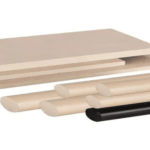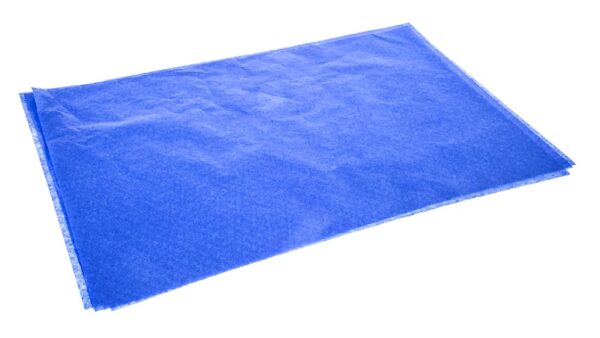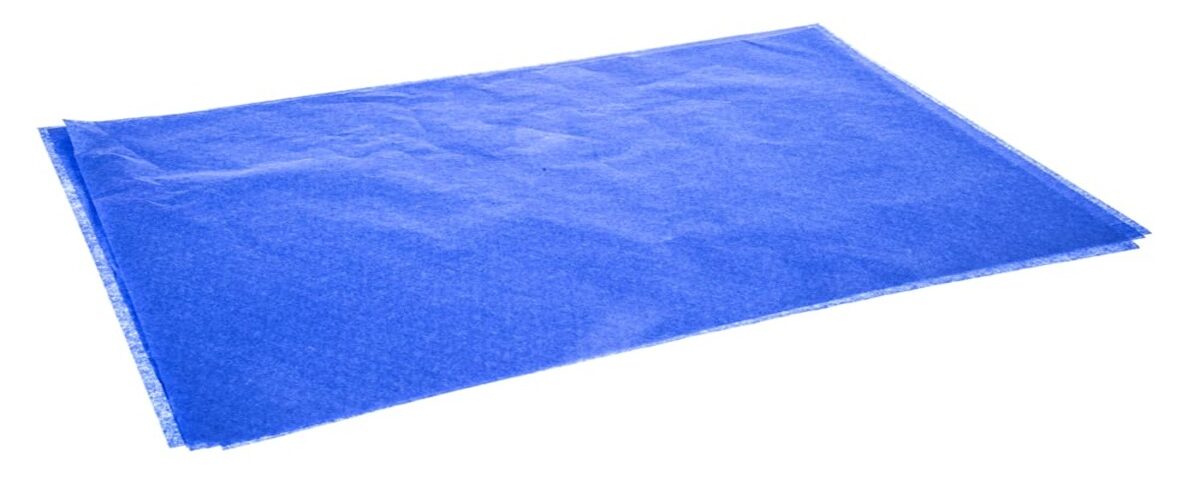
What are the properties of ABS plastic?
November 28, 2024
What is PPS Plastic Used For?
November 29, 2024FEP (Fluorinated Ethylene Propylene) and Teflon are often mentioned interchangeably, but they are not the same material. Both belong to a family of fluoropolymer plastics, but they differ in their properties and specific uses.
Understanding FEP and Teflon
Teflon is a trademarked brand name for PTFE (Polytetrafluoroethylene), a type of fluoropolymer. Teflon is well-known for its non-stick properties, high resistance to heat and chemicals, and electrical insulating capabilities. PTFE is used in a wide range of applications, including cookware, electrical insulation, and industrial coatings.

FEP, on the other hand, is a copolymer of hexafluoropropylene and tetrafluoroethylene. It shares many of the same properties as PTFE, such as high chemical resistance and low friction, but with some key differences. FEP is more flexible than PTFE and has better processability, which makes it easier to melt and mold during manufacturing processes.
Key Differences Between FEP and Teflon
- Melt Processing: FEP can be processed at lower temperatures than PTFE, allowing for easier fabrication into films, tubing, and coatings.
- Flexibility: FEP tends to be more flexible than PTFE, which is relatively stiff.
- Transparency: FEP is transparent, while Teflon is opaque.
Conclusion
While FEP and Teflon share similar chemical structures and offer high-performance properties, they are not the same. Teflon (PTFE) is a well-established material, while FEP is a more flexible and processable alternative used in different applications.






